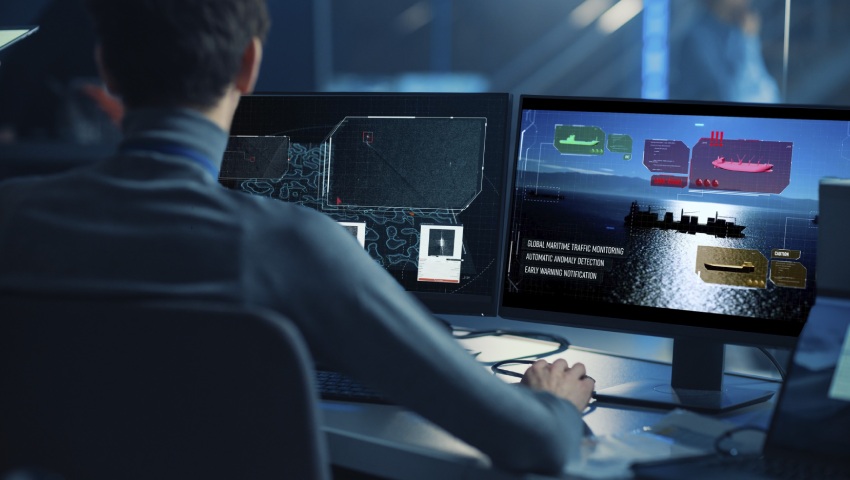The global defence prime has entered into a cross-sector partnership aimed at developing new space-enabled surveillance capability.
To continue reading the rest of this article, please log in.
Create free account to get unlimited news articles and more!
Leonardo Australia, SmartSat CRC, e-GEOS and Deakin University have signed an agreement for the first phase of ‘Enhancing Earth Observation for Maritime Domain Awareness’ (EO4MDA) — set up to leverage ground, air, and naval-based systems data integrated with space-based capability to support authorities across the Australian Exclusive Economic Zone and coastal areas.
As part of the EO4MDA partnership, founded by SmartSat CRC, the organisations will develop and demonstrate first phase activities towards an Australian maritime domain awareness capability, which supports national and civil security objectives.
The project is expected to leverage satellite technologies enhanced by artificial intelligence, and draw on operational experience in providing maritime surveillance services to private and institutional users, including navies, coast guards, police corps and international agencies.
Leonardo Australia and its subsidiary e-GEOS will be tasked with offering digital infrastructure and personnel to accelerate the research outcomes.
Specifically, EO4MDA is expected to onboard the e-GEOS platform ‘SEonSE’, which merges data from the Italian Space Agency and the Italian Ministry of Defence COSMO-SkyMed constellation.
This capability is tipped to generate vessel detection reports via its Synthetic Aperture Radar (SAR) technology and data from other satellites and different sources.
SEonSE is designed to provide real-time maritime situational awareness to detect illegal activities, support environment monitoring and combat piracy.
“We are proud to collaborate with SmartSat CRC and Deakin University, offering our technologies and knowhow to support Australian-led R&D to drive world-leading Earth Observation remote sensing capabilities, drawing on expert knowledge from an industrial group, Leonardo,” Giorgio Mantegazza, Leonardo Australia managing director, said.
Paolo Minciacchi, e-GEOS CEO, said the collaboration is a demonstration of the firm’s ability to integrate artificial intelligence techniques.
“Based on Geospatial Big Data Analytics on long time series of satellite acquisitions and information from other sources, SEonSE extracts maritime traffic information highlighting the main routes and volumes per ship type and activities, thus providing timely and effective services,” Minciacchi said.
Meanwhile, Deakin University is expected to offer resources in the fields of artificial intelligence, optimisation and uncertainty quantification through the Institute for Intelligent Systems Research and Innovation (IISRI).
The institute will test newly developed machine learning models integrated into the SEonSE platform to improve satellite-based data efficiency in the Australian environment and provide predictions on anomalous behaviour at sea.
“Deakin researchers will develop state-of-the-art deep learning algorithms with uncertainty-aware capabilities for anomaly detection utilizing data from satellites and other repositories,” Professor Saeid Nahavandi, director of IISRI and pro-vice-chancellor of Deakin University, said.
“We are excited to work with experts from Leonardo and SmartSat CRC on this project, establishing sovereign capabilities in earth observation for Australia.”
Professor Andy Koronios, SmartSat CEO, said the collaborative project would deliver practical outcomes for the country, supporting enhanced border protection, monitoring of fisheries and aquaculture, and conducting search and rescue and maritime safety operations.
“I am delighted with this impactful collaboration with our great partners Leonardo Australia and Deakin University,” Professor Koronios added.
[Related: Leonardo, Northrop Grumman announce UAS collaboration]

 Login
Login







